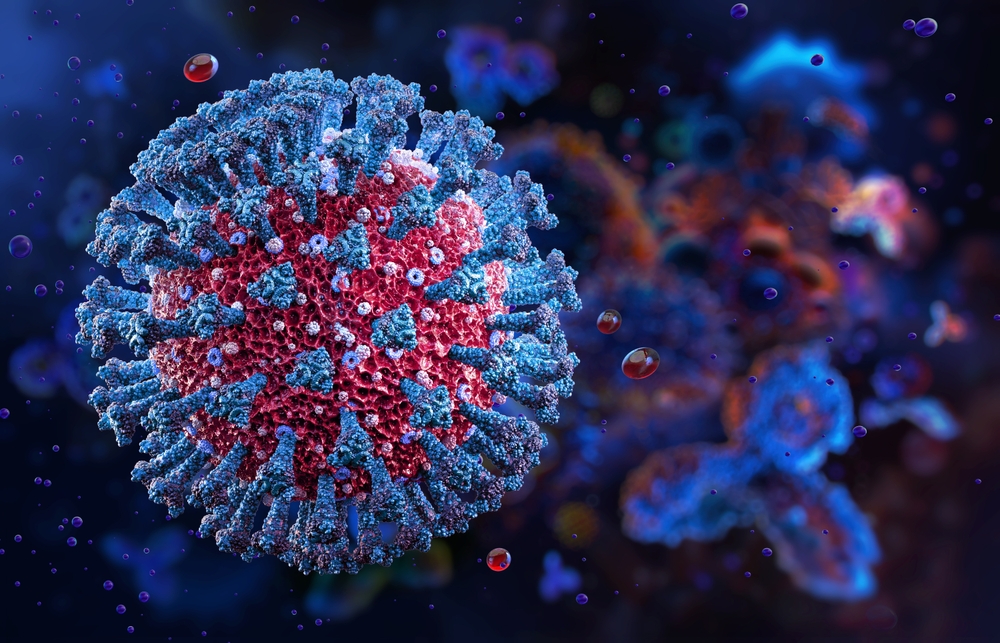Now Reading: New COVID Variant NB.1.8.1 Sparks Concerns of Summer Surge in the U.S
-
01
New COVID Variant NB.1.8.1 Sparks Concerns of Summer Surge in the U.S
New COVID Variant NB.1.8.1 Sparks Concerns of Summer Surge in the U.S

Rapid Summary:
- Variant Identification: NB.1.8.1 is a new Omicron descendant lineage of SARS-CoV-2, first detected in January 2025.
- Spread: It has been found in 22 countries,including the U.S., Europe, Australia, and Asia. In the U.S., cases were confirmed in states such as California, Virginia, Washington State (14 detections), Ohio, Rhode Island, and Hawaii.
- Global Risk Assessment: WHO classified NB.1.8.1 as a variant under monitoring (VUM) with low current global public health risk but notes increased transmissibility potential due to mutations.
- Prevalence Trends: in epidemiological week 17 (April 21-27),it constituted 10.7% of global sequences submitted to GISAID-a rise from just 2.5% four weeks prior.
- Symptoms & Vaccines: Symptoms include fever, sore throat, congestion, fatigue, etc., similar to other COVID variants; current vaccines remain effective against severe disease caused by this variant according to WHO findings.
- Potential Summer Surge: Surges often occur during summer months; CDC data records infection trends growing or likely growing in six states as of June 3 but declining or stable elsewhere.
Indian Opinion Analysis:
The emergence of NB.1.8.1 emphasizes ongoing challenges posed by COVID variants globally and underscores the need for continued vigilance among health authorities within India despite WHO’s low-risk assessment at present.
India has historically managed surges effectively through vaccination drives and proactive pandemic responses; though increased transmissibility could strain existing healthcare systems if introduced locally amidst travel connectivity with impacted nations like the U.S., Europe or Asia-Pacific regions.
From a public policy outlook updating genomic surveillance systems regularly prioritised alongside encouraging vaccinations remains key mitigation buffer’d options
























